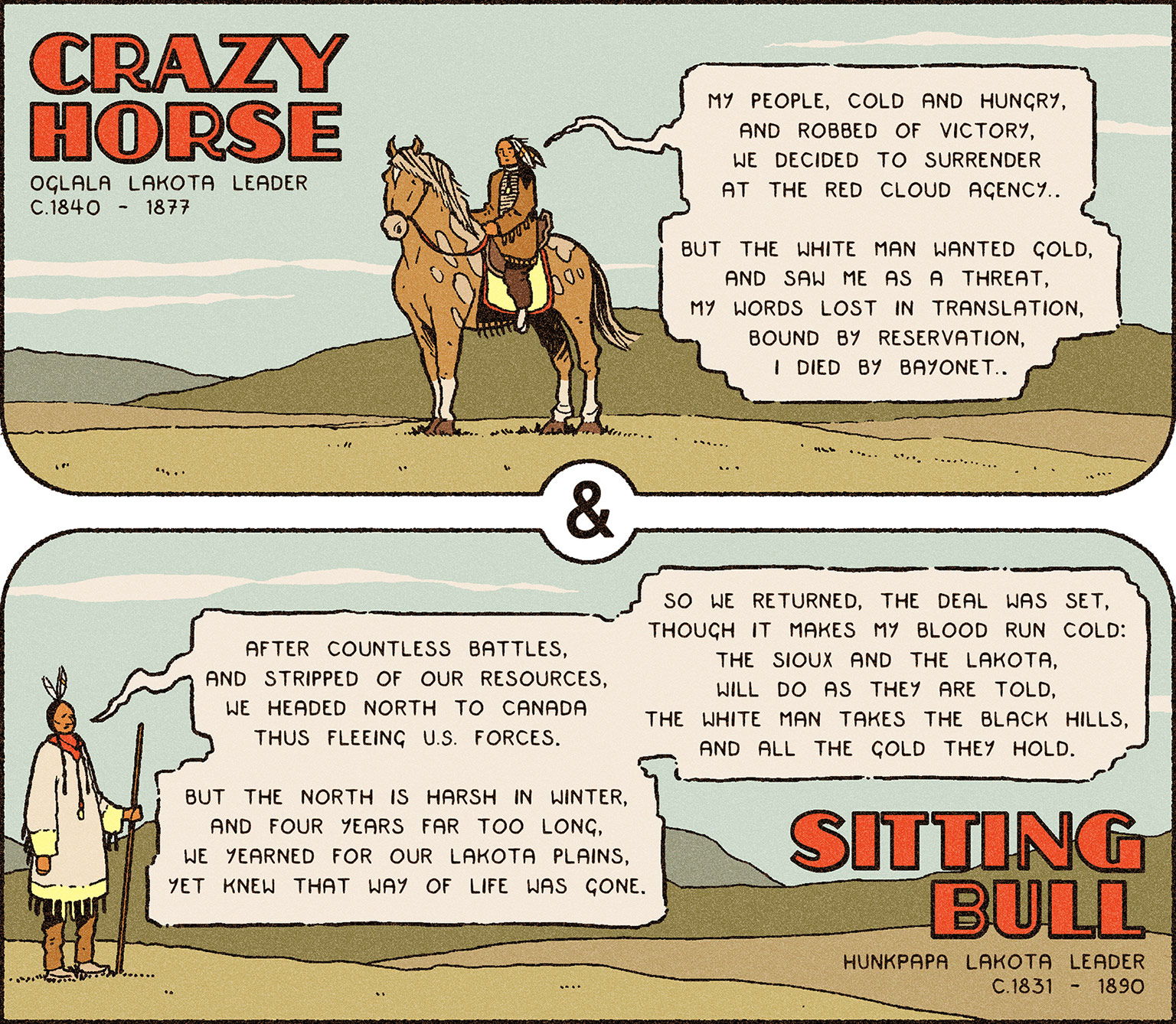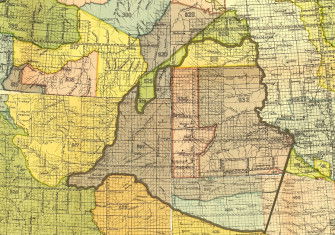
The End of the Great Sioux War
Crazy Horse and the allied leaders surrendered on 5 May 1877.
Fought between the government of the United States and the Sioux, Lakota and Cheyenne, the Great Sioux War revolved around the desire of the US to seize the Black Hills of Dakota, where gold had recently been discovered. Resistance came from, among others, the leader of the Hunkpapa Lakota, Sitting Bull, and Crazy Horse of the Oglala Lakota.
The US sacked various Lakota and Cheyenne villages, but the combined forces of the Lakota, Northern Cheyenne and Arapaho under the command of Sitting Bull and Crazy Horse also claimed decisive victories, notably the Battle of the Little Bighorn in June 1876.
Diplomatic efforts intensified and Congress cut off rations to the Sioux until they ceded the land. As divisions increased among the tribes, US delegations set out to persuade individual groups to surrender, which many did.
On 5 May 1877, as resistance collapsed, Crazy Horse and the allied leaders arrived with their people at the Red Cloud Agency in Nebraska to surrender. That September the US army attempted to arrest Crazy Horse, who escaped only to be captured and taken to Camp Robinson, where, allegedly during an attempt to resist, he was bayonetted to death.
Sitting Bull and his group meanwhile escaped north across the border into Canada. They finally returned in 1880 and surrendered, ceding the Black Hills to the US.






